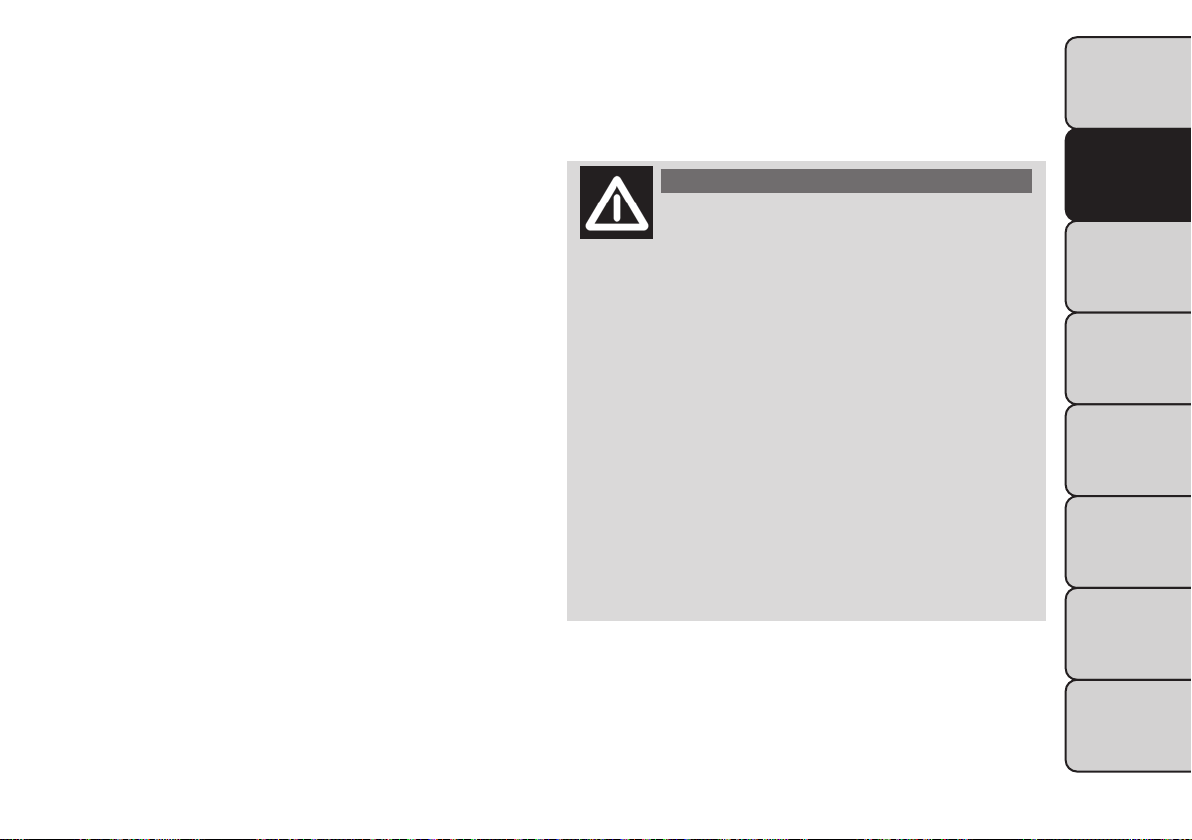Loading ...
Loading ...
Loading ...

TO INSTALL AN ISOFIX CHILD
RESTRAINT:
1. Loosen the adjusters on the lower connectors and
on the tether strap of the child seat so that you can
more easily attach the connectors to the vehicle
anchorages.
2. Place the child seat between the lower anchorages
for that seating position. For some second row
seats, you may need to recline the seat and / or raise
the head restraint to get a better fit. If the rear seat
can be moved forward and rearward in the vehicle,
you may wish to move it to its rear-most position to
make room for the child seat. You may also move
the front seat forward to allow more room for the
child seat.
3. Attach the connectors of the child restraint to the
lower anchorages in the selected seating position.
4. If the child restraint has a tether strap, connect it to
the top tether anchorage. See the section “Installing
Child Restraints Using the Top Tether Anchorage”
for directions to attach a tether anchor.
5. Tighten all of the straps as you push the child
restraint rearward and downward into the seat.
Remove slack in the straps according to the child
restraint manufacturer’s instructions.
6. Test that the child restraint is installed tightly by
pulling back and forth on the child seat at the belt
path. It should not move more than 25 mm in any
direction.
WARNING!
• Improper installation of a child re-
st
raint to the ISOFIX anchorages can
lead to failure of the restraint.The child could be
badly injured or killed. Follow the child restraint
manufacturer’s directions exactly when install-
ing an infant or child restraint.
• Child restraint anchorages are designed to
withstand only those loads imposed by correctly-
fitted child restraints. Under no circumstances
are they to be used for adult seat belts,harnesses,
or for attaching other items or equipment to the
vehicle.
• Install the child restraint system when the ve-
hicle is stationary. The ISOFIX child rest raint
system is correctly fixed to the brackets when
you hear the click .
231
KNOWING
YOUR
VEHICLE
SAFETY
STARTING
AND
DRIVING
WARNING
LIGHTS
AND
MESSAGES
IN
AN
EMERGENCY
SERVICING
AND CARE
TECHNICAL
SPECIFICATIONS
CONTENTS
Loading ...
Loading ...
Loading ...